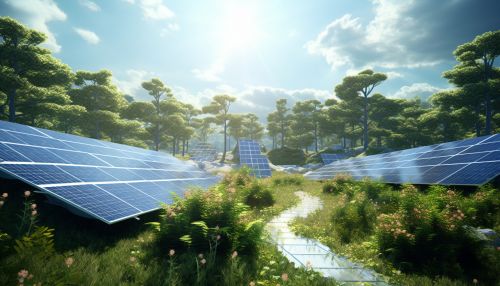Advancements in Photovoltaic Cell Technology
Introduction
Photovoltaic cell technology, also known as solar cell technology, has seen significant advancements over the years. This technology, which converts sunlight directly into electricity, has evolved from its initial concept in the 19th century to a major source of renewable energy today. The advancements in photovoltaic cell technology have been driven by the need for cleaner, more sustainable energy sources as well as the desire to improve efficiency and reduce costs.
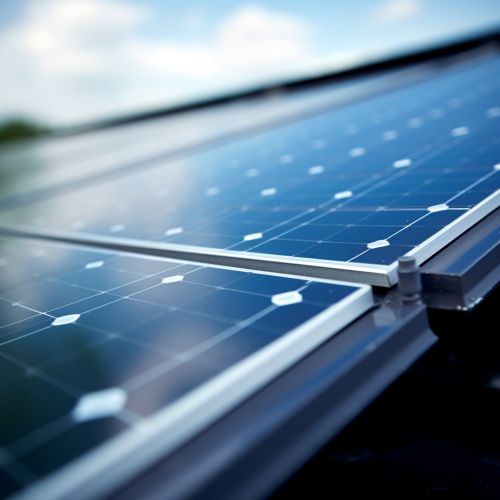

History of Photovoltaic Cell Technology
The history of photovoltaic cell technology dates back to the 19th century. The first photovoltaic effect was observed by French physicist Edmond Becquerel in 1839. However, it was not until 1954 that the first practical photovoltaic cell was developed by Bell Laboratories. This cell, made of silicon, had an efficiency of about 6%, a significant improvement over previous attempts.
Over the years, the efficiency of photovoltaic cells has improved significantly, with some modern cells achieving efficiencies over 20%. This improvement has been driven by advancements in materials science, manufacturing techniques, and cell design.


Materials and Design
The materials used in photovoltaic cells have evolved over time. The first cells were made of silicon, a material that is still widely used today due to its abundance and excellent photovoltaic properties. However, other materials such as cadmium telluride (CdTe) and copper indium gallium selenide (CIGS) have also been used to create cells with higher efficiencies and lower production costs.
The design of photovoltaic cells has also seen significant advancements. Early cells were simple p-n junctions, but modern cells often use complex multi-junction designs to improve efficiency. These designs involve multiple layers of different materials, each designed to absorb a different part of the solar spectrum.

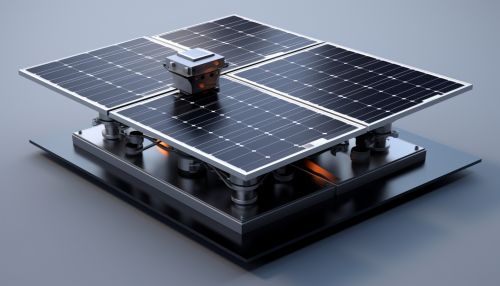
Manufacturing Techniques
Advancements in manufacturing techniques have played a crucial role in the development of photovoltaic cell technology. Early cells were made using expensive, time-consuming processes that limited their commercial viability. However, modern manufacturing techniques such as thin-film deposition and screen printing have made it possible to produce cells more quickly and at lower cost.
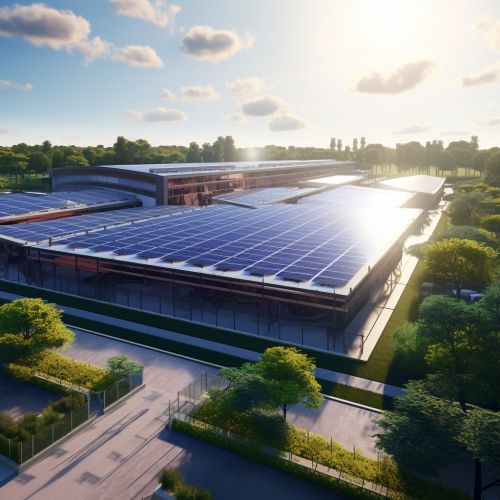
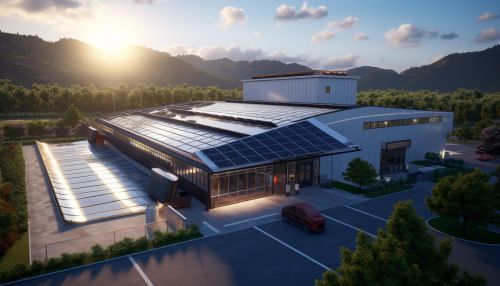
Efficiency and Performance
The efficiency of photovoltaic cells, or their ability to convert sunlight into electricity, has been a major focus of research and development. Early cells had efficiencies of only a few percent, but modern cells can achieve efficiencies over 20%. This improvement has been driven by advancements in materials, design, and manufacturing techniques.
In addition to efficiency, other performance metrics such as durability and reliability have also improved. Modern cells are able to withstand harsh environmental conditions and continue to produce electricity for many years, making them a viable option for long-term, sustainable energy production.
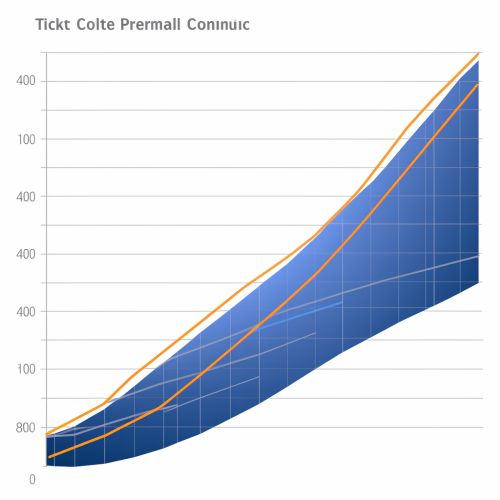
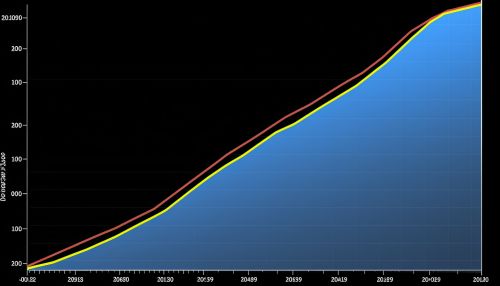
Future Developments
The future of photovoltaic cell technology looks promising, with ongoing research and development aimed at further improving efficiency and reducing costs. New materials such as perovskites and organic photovoltaics are being explored, and novel manufacturing techniques such as 3D printing are being developed. With these advancements, photovoltaic cell technology is expected to play an increasingly important role in the world's energy mix.

